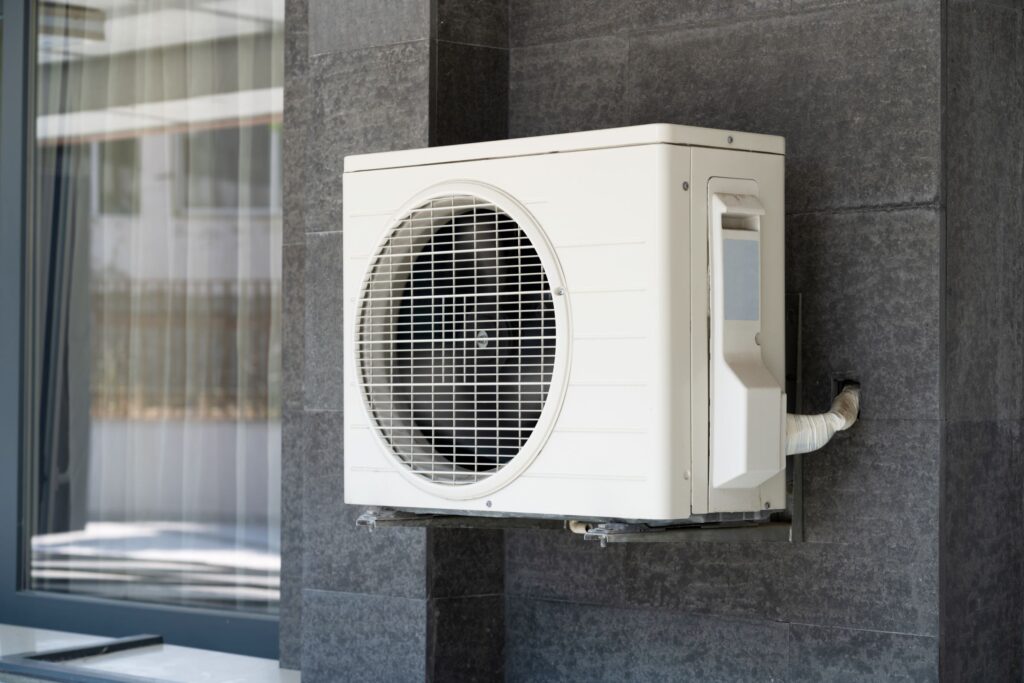Heat pumps are revolutionizing the way we heat and cool our homes, offering an energy-efficient alternative to traditional heating systems. As concerns over gas and oil boilers grow due to environmental regulations, heat pumps are stepping into the limelight. But how exactly do these devices work? This detailed exploration breaks down the operation of heat pumps into five easily understandable steps, showcasing their role in creating a more sustainable and efficient home.

Understanding heat pump technology
Heat pump technology hinges on an ingenious method of transferring heat. Unlike traditional systems that generate heat, heat pumps move heat from one place to another. Here are the five key steps that define this process:
1. The absorption of heat
It all starts outside. Whether set to heat or cool, the heat pump begins by extracting thermal energy from the air, water, or ground. Surprisingly, even on cold days, the air outside has enough thermal energy for the pump to harness.
2. The compression
Next, the captured thermal energy heats a refrigerant, causing it to evaporate at low temperatures. This vapor is then compressed in a compressor, significantly increasing its temperature and pressure.
3. The heat transfer
The high-pressure, high-temperature vapor now moves to the condenser, where it releases its stored heat to the building’s interior, warming the space. As it cools down, the vapor condenses back into a liquid.
4. The expansion
This liquid, still under high pressure, passes through an expansion valve, reducing its pressure and temperature and preparing it to absorb heat once more.
5. The cycle repeats
Finally, the low-pressure, cool refrigerant cycles back to the beginning, ready to absorb heat from the outside once again. This completes the cycle, which can be reversed to cool a building by extracting indoor heat and releasing it outside.
Efficiency and eco-friendliness
What makes heat pumps particularly appealing is their efficiency and environmental benefits. By transferring heat rather than generating it through combustion, heat pumps use significantly less energy. This not only reduces utility bills but also cuts down on greenhouse gas emissions, contributing to a healthier planet.
Heat pumps are a versatile solution for year-round comfort, capable of both heating and cooling spaces with minimal environmental impact. Their ability to leverage the ambient energy in air, water, or ground makes them an essential component of sustainable building practices and energy conservation efforts.
By understanding these five steps, it’s easy to see why heat pumps are becoming a preferred choice for eco-conscious homeowners. Their operation showcases a blend of simplicity and sophistication, making them an exemplary model of how modern technology can align with environmental sustainability goals.

 Open Immovlan
Open Immovlan